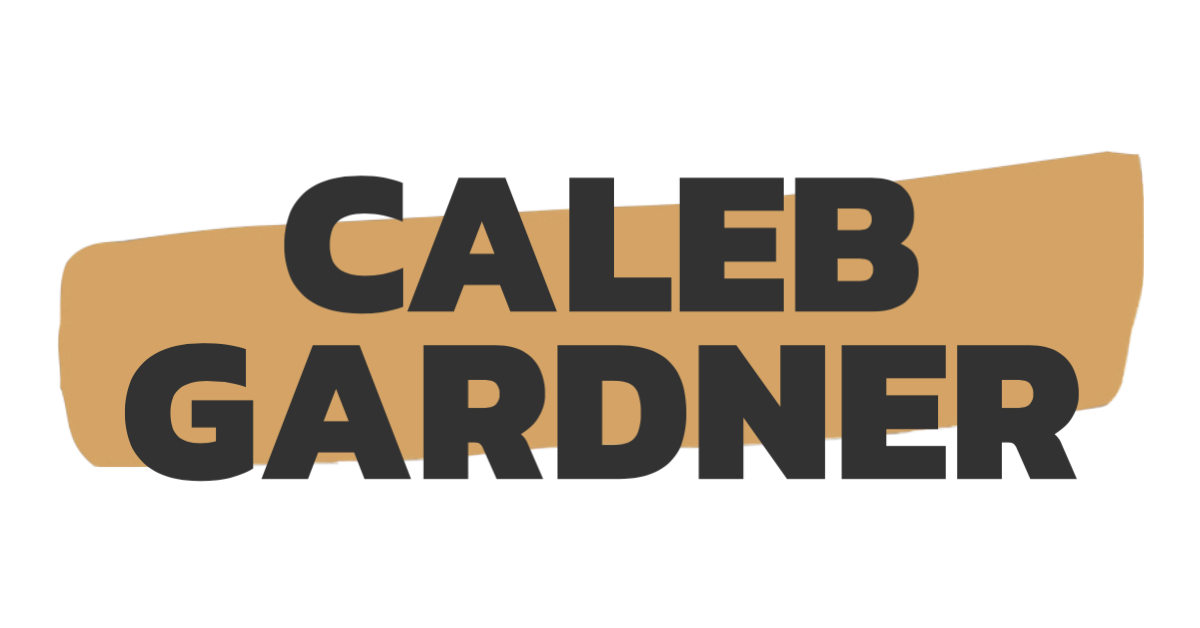The triumph and tragedy of Threads, the start of a new Instagram ecosystem
I’m user 1023268 on Threads, Meta’s new Twitter competitor, which launched on Wednesday and already has more than 100 million new users. (Being in the first two million means I signed up in the first two hours, apparently.)
Why subject myself to a Twitter competitor—launched by the guy famous for having such loose global moderation that his platforms lead to genocide? Like many, I’d become so disgusted by what Elon Musk has done to Twitter that I was just waiting for the right competitor to gain critical mass. It looks like Threads has a decent shot—especially if they can work quickly to update some of its most glaring UX problems.
So this is where we’re at: caught in the literal dick-measuring contest between two billionaires, bifurcating us further politically as we decide between the least-worst option for our worldview. (Yes, BlueSky, Mastodon, etc. exist, but they haven’t been able to gather enough steam fast enough to become the obvious landing place for the Musk disaffected. Now, they most likely never will.)
I’ve been a very vocal critic of both Meta’s ability to handle content moderation at scale and its business model—which, pre-Mark’s misplaced Metaverse obsession, amounted to acquiring or stealing other people’s good ideas. But Threads is technically a newly launched product adjacent to Instagram, even if its feature set is very specifically meant to mimic Twitter’s. So let’s play this out, giving Meta a benefit-of-the-doubt that I’m positive they haven’t earned.
The advantage of Threads so far is how it is built off the network effects of Instagram, which has two billion global users. (Anyone can see the user number I posted above directly on my Instagram account; it’s meant to create FOMO about getting your own number.) This has created some (mostly humorous) dissonance between content creators that did well on Instagram through visual content but don’t have much to say on a text-based platform, but it’s also created an ecosystem opportunity for Meta that has never really existed for them.
Meta’s traditional growth has come from M&A, most notably its acquisitions of Instagram and WhatsApp. In the past few years, Meta has attempted to integrate its core products together, retroactively trying to create an ecosystem (and avoid regulators asking too many questions about whether these companies belong together). But the experience has always been clunky, and users have mostly resisted the integrations, given how the audiences were built differently on each platform. The only place they’ve kind of gotten it right is the Meta Business Suite, which (no surprise) allows advertising across its platforms.
But Threads and Instagram are different. Threads users are Instagram users. Building Threads off of Instagram was a brilliant brand move, because unlike Facebook, Instagram still has a lot of positive brand equity. What would happen if Meta continued to build out the Instagram/Threads ecosystem from here? Facebook is culturally dying, and they know it. The integration of Meta’s ecosystem so far hasn’t been great. What if this is the start of a new ecosystem, extended from what has been their most popular product? It would require them to stop fucking around with Instagram, but this model could work again for them in a repeatable way. (Thought experiment: what if, instead of forcing Reels onto everyone within Instagram, they’d launched Reels as a TikTok competitor outside of it—using the same model of porting over the Insta network and creating immediate audience?)
The benefits of an ecosystem model, as Apple well knows, are that everything works well together. It’s the network effect, only for products. Threads users can easily generate graphics from their posts to cross post to Instagram, something Twitter users have been hacking for years. Currently, cross-posting Insta content to Threads is a little clunky, but I expect that to be smoothed out in the coming months. What if any content creator, influencer, journalist, or anyone motivated to audience build could do that within one ecosystem of products, without having to re-create the wheel across multiple audiences and multiple platforms?
Supposedly, Threads will eventually support ActivityPub, making any audience you built transportable and somewhat interoperable with other social networks within the “fediverse.” But Meta has strong financial incentives to keep everyone within their walled garden, and if they capitalize on this ecosystem opportunity, there will be strong network effects keeping people within Meta versus elsewhere—and an even bigger opportunity to create efficiencies for advertisers.
Can Meta capitalize on the ecosystem opportunity? Maybe. There are still strong economic incentives in their current model—and real privacy hurdles to overcome that have been haunting them elsewhere. (Threads isn’t currently available in the EU for this reason.) The privacy issue is one big reason I hesitate to root for them. But this could be a preview of a new iOS vs. Android paradigm, where one big, interconnected ecosystem dominates the social web, and smaller, niche platforms serve everyone resistant to its domination (of which Twitter will remain; Musk’s ego will self-fund it before he lets it go completely under).
